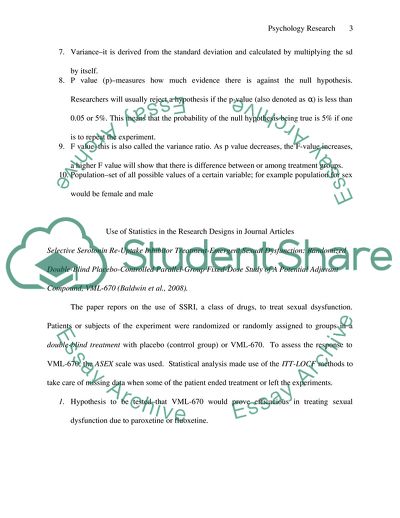Cite this document
(Psychology Research Designs Annotated Bibliography, n.d.)
Psychology Research Designs Annotated Bibliography. https://studentshare.org/psychology/1716310-psychology-research-designs
Psychology Research Designs Annotated Bibliography. https://studentshare.org/psychology/1716310-psychology-research-designs
(Psychology Research Designs Annotated Bibliography)
Psychology Research Designs Annotated Bibliography. https://studentshare.org/psychology/1716310-psychology-research-designs.
Psychology Research Designs Annotated Bibliography. https://studentshare.org/psychology/1716310-psychology-research-designs.
“Psychology Research Designs Annotated Bibliography”. https://studentshare.org/psychology/1716310-psychology-research-designs.


